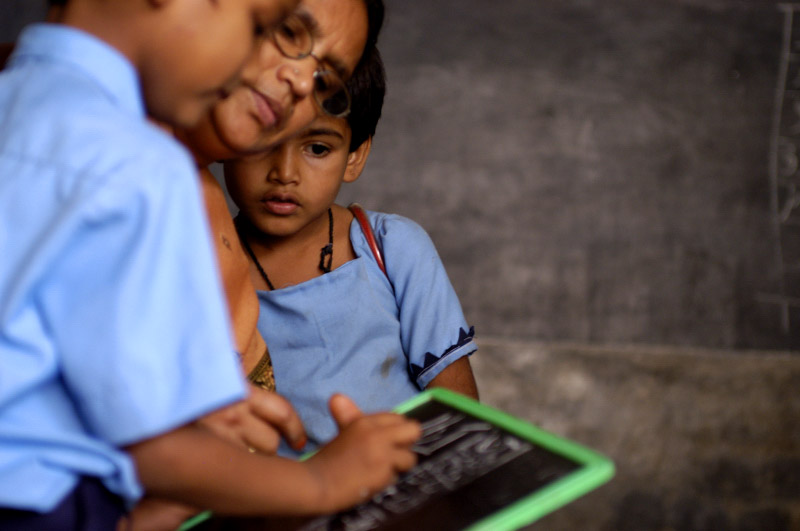
Read all Important Information About RTE Act 2009
The Right to Education Act 2009, also known as the RTE Act 2009, was enacted by the Parliament of India on 4 August 2009 . The Act makes education a fundamental right of every child between the ages of 6 and 14 and specifies minimum norms in elementary schools. The act aims towards providing free and compulsory elementary education to kids between the age group of 6 years to 14 years.
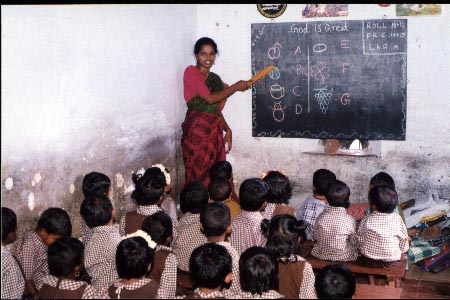
The Indian government wants every Indian child to get a quality education, irrespective of gender, caste, creed, and family income. The Right to Education Act (RTE) is important legislation that marks a watershed in the education system in India.
The enactment of the Right to Education Act under Article 21a of the Indian Constitution was a major move to change the failing landscape of education in India. The RTE Act requires surveys that will monitor all neighbourhoods, identify children requiring education, and set up facilities for providing it.
Education is one of the most powerful tools to uplift a nation and equip children with essential skills. According to a report by UNESCO, 159 countries around the world guarantee free education for 9 years or more and India is now a part of the list.
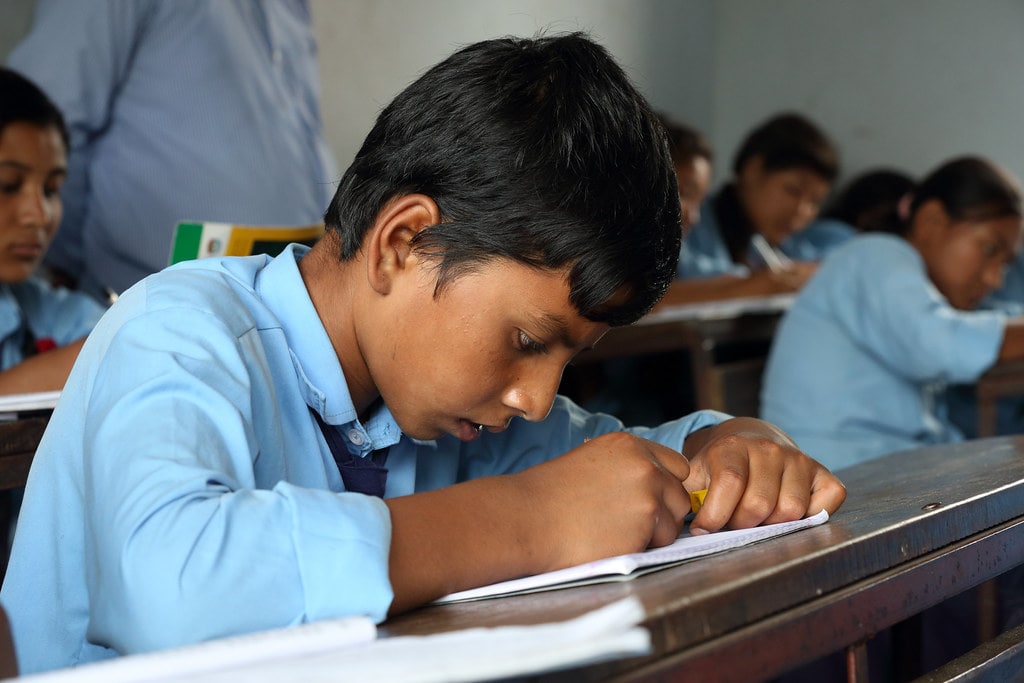
The Right to Education Act 2009 maps out roles and responsibilities for the centre, state and all local bodies to rectify gaps in their education system in order to enhance the quality of education in the country.
Importance of Education
- Education provides opportunities for career development and stability in life.
- Education improves critical thinking and analytical skills.
- Access to quality education reduces the gaps between social classes and uplifts the marginalized sections of society.
- Quality education is one of the most important tools for gaining confidence and expressing your thoughts, perspectives, feelings, or ideas.
- Education reduces crime and makes our society more peaceful as educated individuals are less likely to participate in criminal activities.
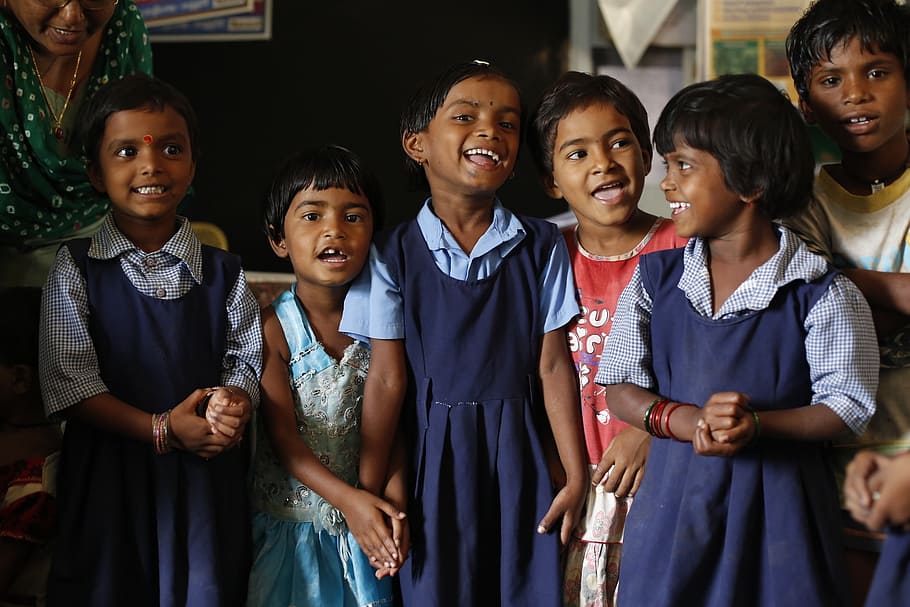
Right to Education Provisions
- The right of free and compulsory education to children until they complete their elementary education in a school in the neighbourhood.
- The Act provides for the admission of a non-admitted child to a class of his/her appropriate age.
- It specifies standards and norms for Pupil Teacher Ratios (PTR), infrastructure and buildings, working days of the school and for the teachers.
- It also says there should be no urban-rural imbalance in teacher postings. The Act also provides for the prohibition of the employment of teachers for non-educational work, other than census, elections and disaster relief work.
- The Act provides for the admission of a non-admitted child to a class of his/her appropriate age.
- The Act provides that the teachers appointed should be appropriately trained and qualified.

Highlights Of RTE
The Right to Education of persons with disabilities until 18 years of age is laid down under a separate legislation- the Persons with Disabilities Act. A number of other provisions regarding improvement of school infrastructure, teacher-student ratio and faculty are made in the Act. The RTE Act is the first legislation in the world that puts the responsibility of ensuring enrolment, attendance and completion on the Government. It is the parents’ responsibility to send the children to schools in the US and other countries .
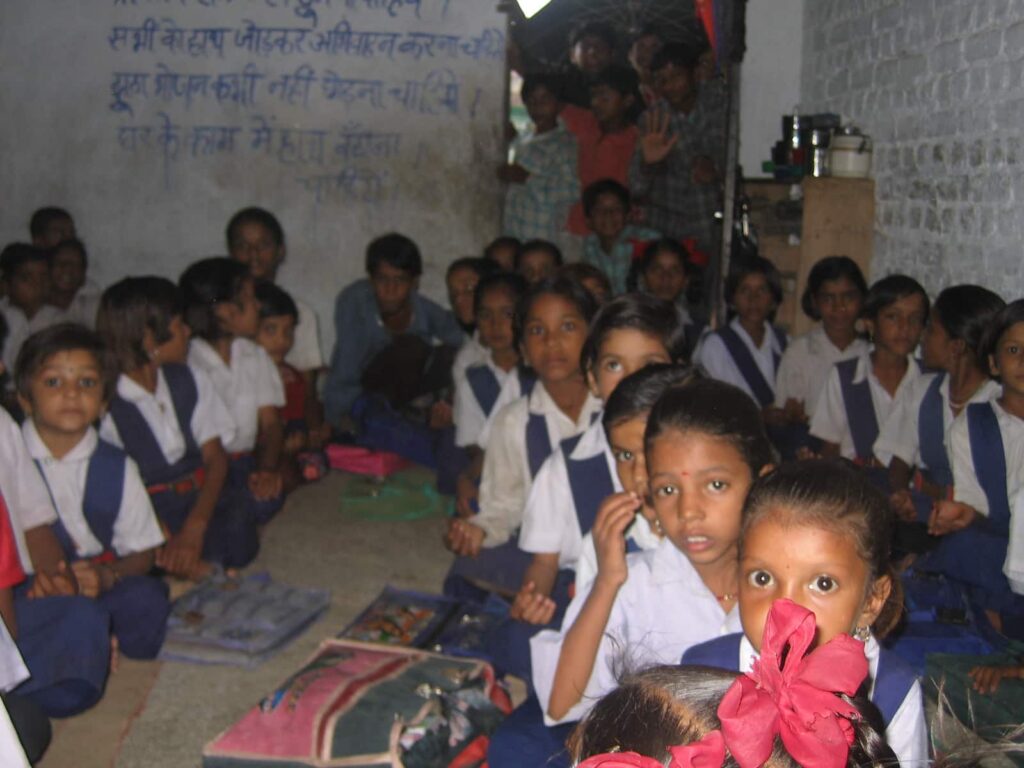
- Compulsory and free education for all
- The benchmark mandate
- Special provisions for special cases
- Quantity and quality of teachers
- Zero tolerance against discrimination and harassment
- Ensuring all-round development of children
- Improving learning outcomes to minimise detention
- Monitoring compliance of RTE norms
- Right to Education Act is justiciable
Conclusion
The Right to Education Act is one of the most important reforms in the Indian education system and it has a cascading effect on students’ lives. But a number of cities, villages and towns are still lacking in implementation and management processes. While we can see an increase in the number of admissions in schools under the RTE act, learning outcomes are on a decline.
FAQs : Education Law In India
How many laws are there in education?
A sample of 29 of the 145 education laws was analysed to identify words that restrict individuals’ actions, such as those willing to set up schools, existing school owners, or other non-government entities.
What is the new law of education?
The new NEP is based on four pillars which are Access, Equity, Quality, and Accountability.
